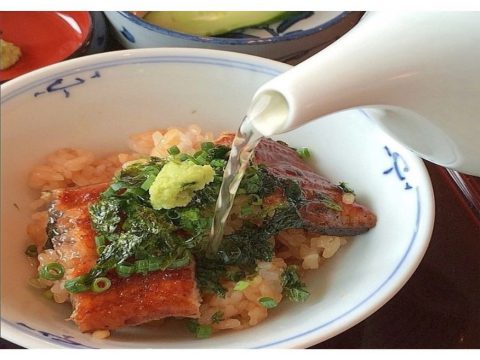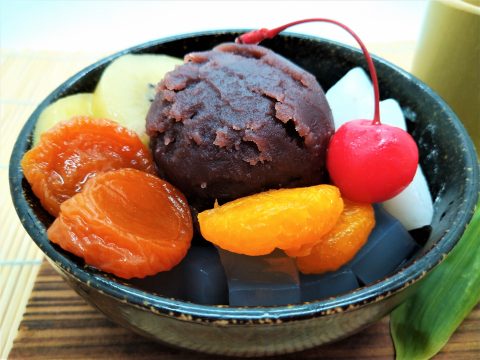Oden おでん
JAPANESE FOODS
11.03.2020
おでん
Oden
—best company in a dark cold winter night—
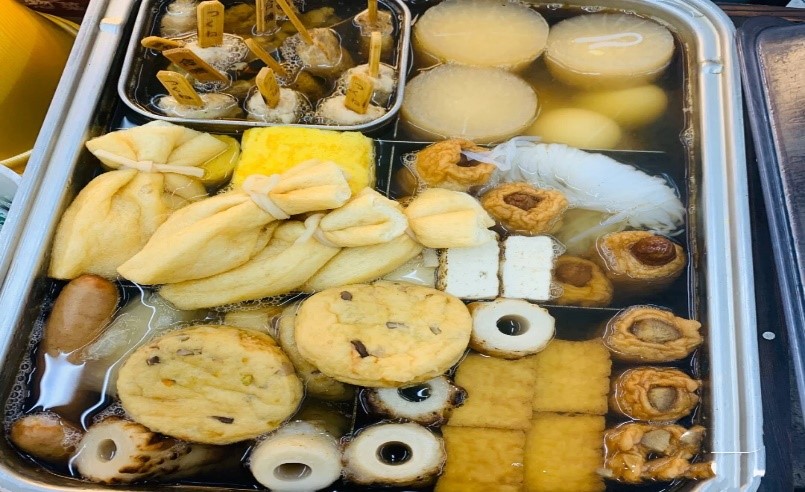
I assume everyone have an intimate knowledge of oden(おでん), as it also has a special meaning to me. A few years ago, I always passed by the 24-hour convenience stores to order a bowl of hot oden after I finished work late at night. All the tiredness of the day was gone after having the hot soup.
Oden(おでん)is a very popular delicacy in Japan. Every year, during large-scale sacrificial activities, oden is always a dish served in convenience stores and even in upscale restaurants. However, there are a great difference in variety of soups, ingredients and sauces based on different regions. An authentic oden is cooked with stock of bonito stick, soy sauce, sugar and sweet cooking wine. It tastes a bit thick but it’s perfectly fragrant and palatable. The main ingredients are tofu, konjak, radish and fish-cake. Meanwhile, it’s an easy-to-prepare dish that all you need to do is keep to a low flame to cook. My favorite is radish and tofu. I wonder if there are others with the same taste as mine?
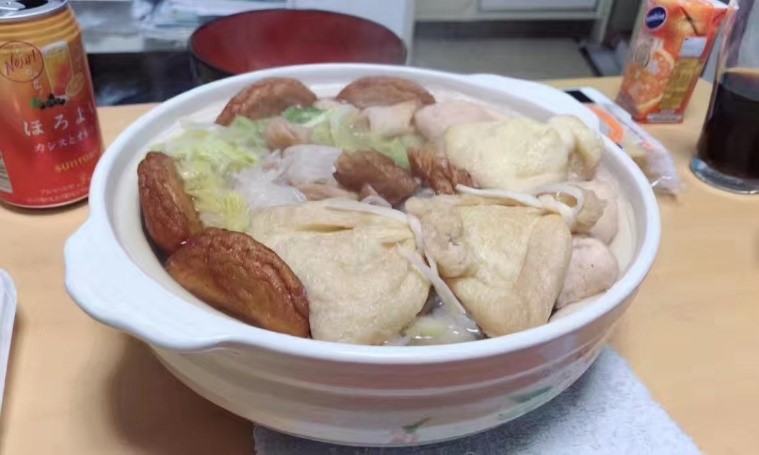
I missed the taste of oden a lot when I go back to China. Fortunately, Japanese convenience stores are opening up in China at a growing rate, so it’s easy for people to get a bowl of oden. However, I gradually find that the Japanese oden is a delicacy cooked meticulously while the Chinese oden is just a fast food even though they both have the same name.
There are three main reasons for this. Firstly, it’s because of different ingredients. Chinese oden is mostly cooked with products with more than half starch content while Japanese oden is mainly cooked with fish rolls, yam fish-cake, and various fish balls, which has way more abundant ingredients than Chinese oden.
The second is the difference of soup. It can be said that the soup is the soul of oden, and good soup can soften the taste of food and taste the original natural ingredients. In Japan, people use seafood soup and soy sauce, which tastes fresh and sweet with endless aftertaste; in China, the soup is made by water mixing with something similar to instant noodle seasoning. Moreover, the Chinese soup has developed a spicy and other flavorings which are more in-line with Chinese taste buds, and the taste is quite different from the Japanese origin.
Third, it’s about the sauce. Normally, Japanese oden is served with yellow mustard, chili and other sauces, but in China, it is a directly edible dish.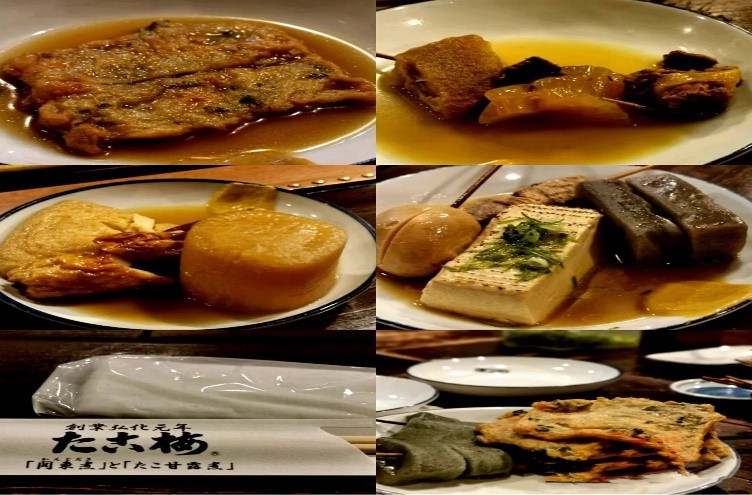
In Japanese dramas, we can always see such scenes: when office workers leave the tram station after work, they order a few oden at the nearby stall and drink a glass of sake. For them, oden not only warms their bodies, but it also warms the feelings and offers consolation.
The significance of oden is not only to feed people full, but also about human feelings, social gatherings, and providing comfort.



